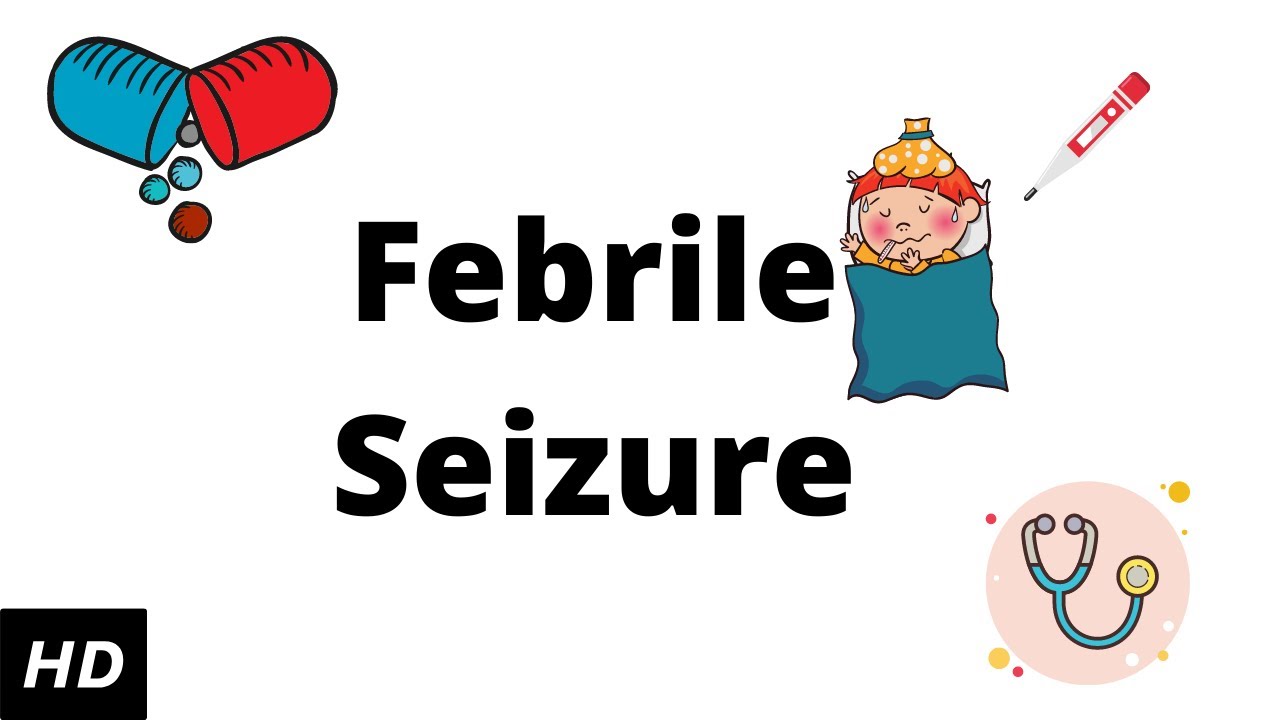
A febrile seizure, also known as a fever fit or febrile convulsion, is a seizure associated with a high body temperature but without any serious underlying health issue.[1] They most commonly occur in children between the ages of 6 months and 5 years.[1][3] Most seizures are less than five minutes in duration, and the child is completely back to normal within an hour of the event.[1][4] There are two types: simple febrile seizures and complex febrile seizures.[1] Simple febrile seizures involve an otherwise healthy child who has at most one tonic-clonic seizure lasting less than 15 minutes in a 24-hour period.[1] Complex febrile seizures have focal symptoms, last longer than 15 minutes, or occur more than once within 24 hours.[5] About 80% are classified as simple febrile seizures.[6]
Febrile seizures are triggered by fever, typically due to a viral infection.[6] They may run in families.[1] The underlying mechanism is not fully known, but it is thought to involve genetics, environmental factors, brain immaturity, and inflammatory mediators.[7][8][6] The diagnosis involves verifying that there is not an infection of the brain, there are no metabolic problems, and there have not been prior seizures that have occurred without a fever.[1][6] Blood testing, imaging of the brain, or an electroencephalogram (EEG) is typically not needed.[1] Examination to determine the source of the fever is recommended.[1][6] In otherwise healthy-looking children a lumbar puncture is not necessarily required.[1]